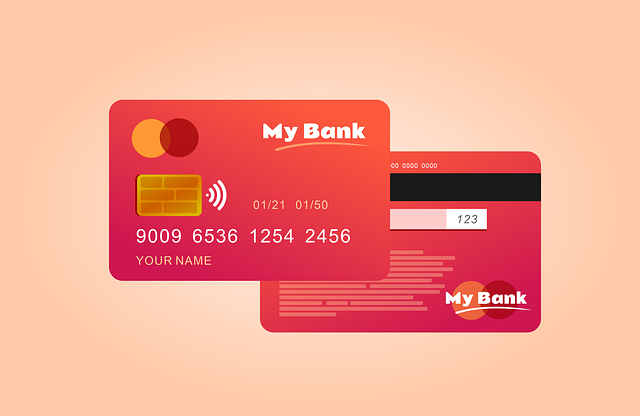Magnetic stripe key cards are a popular and reliable choice for electronic key card access systems due to their cost-effectiveness, versatility, and security features. They enable quick authentication through swiping or tapping, store multiple access permissions, and offer robust encryption. Implementing these cards requires a structured approach including database management, compatible card procurement, reader upgrades, encryption protocols, and regular audits. Future trends focus on smart cards with advanced encryption and centralized digital key management systems for enhanced security in vast access networks.
“In today’s digital landscape, magnetic stripe key cards remain a reliable and cost-effective solution for traditional access control systems. This article explores the intricacies of magnetic stripe technology, its numerous advantages over manual access methods, and implementation strategies through a comprehensive step-by-step guide. Additionally, we delve into emerging trends in electronic key card management, ensuring readers stay ahead in securing their facilities efficiently. Discover why these cards are still the go-to for secure entry.”
Understanding Magnetic Stripe Technology for Access Control
Magnetic stripe technology has been a cornerstone of electronic key card access systems for decades, offering secure and convenient authentication. These cards feature a band of magnetic material that stores digital data, allowing them to be swiped through readers for quick identification. The technology is widely used in access control solutions due to its cost-effectiveness and reliability. When a card is swiped, the reader decodes the information stored on the strip, verifying the user’s identity and granting or denying entry accordingly.
This simple yet robust mechanism has enabled businesses and organizations to implement secure entry systems for buildings, gates, and various controlled areas. The magnetic stripe cards are versatile, compatible with a range of readers, and can store multiple access permissions, making them suitable for diverse applications, from office buildings to high-security facilities. With advancements in technology, these cards continue to play a pivotal role in traditional access control methods, ensuring efficient and secure entry processes.
Advantages of Using Key Card Access Systems
Magnetic stripe key cards offer numerous advantages for traditional access control systems, making them a preferred choice in various settings. One of the key benefits is their convenience and ease of use. Unlike manual keys or complex PIN codes, electronic key card access allows for swift and seamless entry. Staff and visitors can simply swipe or tap their cards at readers, eliminating the need for lugging around physical keys or remembering multiple passcodes.
Additionally, these key cards provide enhanced security features. The magnetic stripe stores encrypted data, ensuring that only authorized individuals with the correct credentials can access restricted areas. This level of control is particularly valuable for businesses and institutions seeking to manage access flows, track visitor activity, and maintain a secure environment. Furthermore, electronic key card access systems offer flexibility and scalability, allowing for easy updates and changes to access permissions as organizational needs evolve.
Implementation and Security Measures: A Step-by-Step Guide
Implementing magnetic stripe key cards for traditional access control involves a structured, step-by-step approach to ensure both effectiveness and security. Firstly, organize a comprehensive database that stores all cardholder details, including names, IDs, and associated permissions. This information must be securely stored and regularly updated.
Next, procure high-quality magnetic stripe cards capable of encoding the necessary data. These cards should adhere to industry standards for compatibility with existing readers. Install or upgrade access control readers at entry points, ensuring they can accurately read and interpret card data. Implement encryption protocols and secure communication channels to protect data transmission between cards, readers, and servers. Regularly audit and update security measures to counter evolving threats, such as skimming and unauthorized duplication of key cards.
Future Trends in Electronic Key Card Management
The future of electronic key card management is poised for significant advancements, driven by technological innovations and evolving security needs. One prominent trend is the integration of smart cards with enhanced encryption capabilities, ensuring even more secure access control. These advanced cards can store multiple credentials and enable seamless, contactless interactions, elevating convenience and security standards.
Additionally, centralized digital key management systems are gaining traction. This technology allows for remote monitoring, efficient updates, and streamlined control over vast access networks. With real-time tracking and data analytics, facility managers can optimize security protocols, reduce unauthorized access, and minimize the potential risks associated with traditional magnetic stripe cards.
Magnetic stripe key cards have long been a staple in traditional access control systems, offering both convenience and security. As technology advances, electronic key card access continues to evolve with enhanced security measures and efficient management. By understanding the fundamentals of magnetic stripe technology, leveraging the advantages of key card systems, and implementing robust security protocols, businesses can ensure a secure and streamlined entry process for years to come. Staying informed about future trends will further revolutionize how we manage access control, making it an exciting time for this classic technology.
